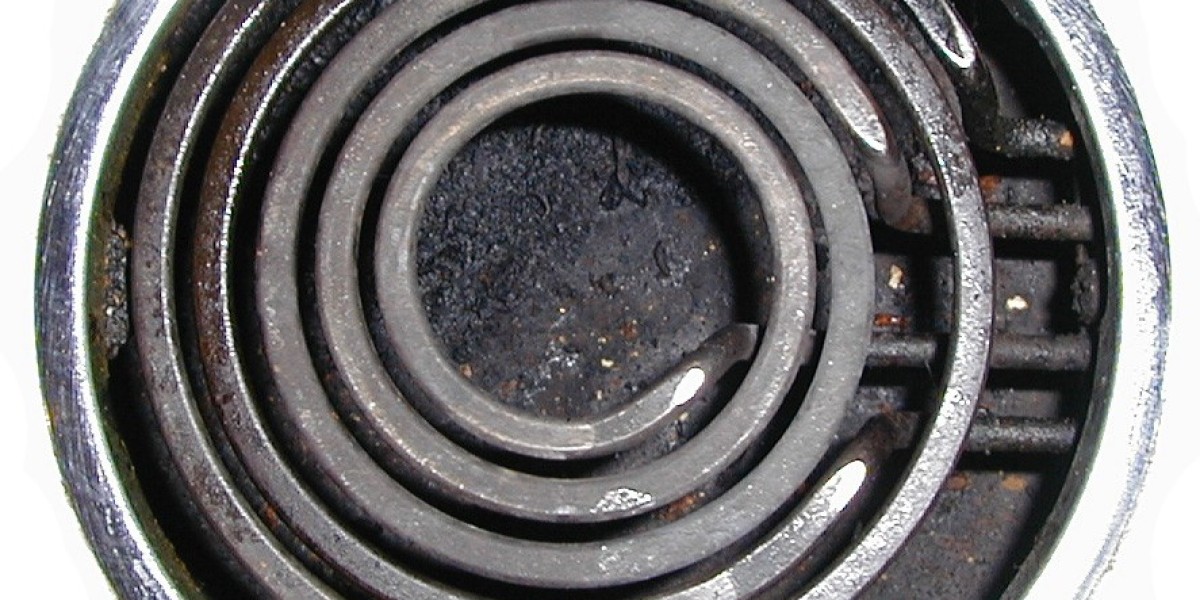When it comes to protecting your home or business, having the best security cameras isn’t enough—you also need to know how and where to install them for maximum coverage. Whether you’re using a PoE security camera system, wireless cameras, or hybrid setups, correct placement and compliance with surveillance laws are crucial. This guide explains how to design your camera layout, understand privacy regulations, and choose the right setup for your property.
Understanding the Basics of Security Camera Placement
One of the biggest mistakes people make with video surveillance is improper camera placement. Even the most advanced equipment can underperform if positioned incorrectly. An outdoor security camera placement diagram is the best way to visualize how cameras should cover your property.
Here are a few key tips:
Cover all entry points: Place cameras above doors, driveways, garages, and first-floor windows.
Avoid blind spots: Overlapping camera angles reduce hidden areas.
Mind the lighting: Avoid direct sunlight or strong reflections, which can distort footage.
Mount at the right height: Typically, 8–10 feet above the ground offers a clear field of view while keeping cameras out of easy reach.
Using a detailed diagram before installation helps plan the system more effectively, ensuring complete coverage without redundancy.
Why Choose a PoE Camera System
A PoE camera system (Power over Ethernet) is one of the most efficient ways to install multiple cameras without complicated wiring. Each camera connects via a single Ethernet cable that transmits both power and data.
Advantages of a PoE Security Camera System:
Simplified Installation: You only need one cable per camera—no need for separate power lines.
Higher Reliability: Since PoE cameras use wired connections, they provide more stable video feeds than wireless setups.
Scalability: You can easily add more cameras to your network using a PoE switch or NVR (Network Video Recorder).
Professional Quality: Many PoE systems support 4K video resolution, advanced motion detection, and long cable runs—ideal for large properties or businesses.
PoE cameras are excellent for outdoor setups where durability and image clarity are priorities.
The D200M Camera: Long-Range Monitoring Power
For users who need advanced long-range coverage, the D200M model is worth mentioning. It’s designed to capture clear images from extended distances, making it ideal for parking lots, large driveways, or perimeter surveillance. Paired with a PoE system, the D200M can deliver both power and data efficiently while maintaining superior image quality.
When used in conjunction with proper placement diagrams, the D200M enhances coverage across wide or hard-to-reach areas.
Understanding Video Surveillance Laws by State
Before setting up your cameras, it’s essential to understand Video Surveillance Laws by State. These regulations vary across the U.S., especially regarding recording audio and monitoring private areas.
Key legal considerations include:
Public vs. Private Areas: You can usually record video in public areas (driveways, yards, storefronts) but not private spaces where individuals expect privacy, such as bathrooms or bedrooms.
Audio Recording: In many states, recording audio requires the consent of one or all parties involved in the conversation.
Signage: Some states require visible notices indicating that surveillance is in use.
Always check your local laws before installing a surveillance system to ensure compliance and avoid legal issues.
Combining Technology and Compliance
A smart surveillance setup balances strong coverage with respect for privacy laws. The combination of a PoE camera system, a clear outdoor security camera placement diagram, and knowledge of local regulations ensures you achieve both. Brands like Backstreet Surveillance provide high-quality PoE systems designed to handle both residential and commercial needs, with a focus on reliable performance and ease of use.
FAQ
Q1: What is the ideal height for mounting outdoor cameras?
A: Mount cameras around 8–10 feet high to prevent tampering while maintaining a clear view of faces and vehicles.
Q2: Can PoE cameras be used indoors and outdoors?
A: Yes, PoE cameras work in both settings. Outdoor models are usually weatherproof and have stronger infrared capabilities for night vision.
Q3: Do I need internet access for PoE security cameras?
A: Not necessarily. PoE systems can record locally to an NVR even without internet access, though remote viewing requires an online connection.
Q4: How do I stay compliant with video surveillance laws?
A: Always check your state’s laws before recording. Avoid placing cameras in private areas, and if you record audio, make sure you follow consent requirements.
Q5: Why use an outdoor security camera placement diagram?
A: A diagram helps you plan coverage, eliminate blind spots, and position cameras efficiently for full property protection.
Final Thoughts
Choosing the best security cameras isn’t just about resolution or brand—it’s about planning, placement, and awareness of your responsibilities as a camera owner. By combining a well-designed PoE camera system, an effective outdoor placement diagram, and understanding video surveillance laws by state, you’ll create a reliable, compliant, and long-lasting security setup for your property.







